Raiders investing in the future
By Jon Kroiter
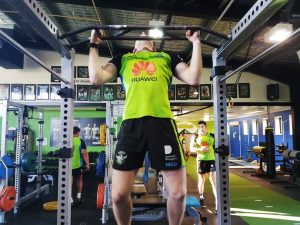
Harry Van Dartel is working hard to pursue his NRL dream. Photo: Jon Kroiter
Three days after completing high school, Harry Van Dartel packed his possessions in the back of his car at his family home in Dubbo and drove four hours to Canberra to chase his NRL dream.
“I was scared,” Van Dartel recalls. “I didn’t know what it was going to be like.”
The next day, Van Dartel turned up to the Canberra Raiders headquarters to link up with his new teammates in the Under 20s side.
“I was definitely really nervous,” Van Dartel said. “I didn’t know anyone except one person. It was like I was a little fish getting thrown into a big pond.”
Van Dartel’s move had been two years in the making when he was spotted playing at a country carnival by David Hamilton who was the Raiders recruitment manager at the time.
Although Van Dartel wasn’t aware of the Raiders interest before that day, Hamilton rewarded the fullback with a scholarship which included a gym membership, football gear and the opportunity to travel to Canberra for training camps.
The scholarship has turned into a contract with the Raiders national youth team and Van Dartel hopes to follow in the footsteps of Jarrod Croker, Jack Wighton, Josh Papalii, Shannon Boyd and others who progressed to senior first grade footballers.
Canberra Raiders CEO, Don Furner, ensures that the club leaves no stone unturned in their quest to scout and recruit promising teenagers like Van Dartel, regardless of where they live.
Although NRL clubs are only allowed to spend a maximum of $7 million on wages for the first grade team, the Raiders spend close to $1 million of the cap on developing junior players like Van Dartel.
Furner is proud of the club’s record in nurturing young talent but he’s frustrated that the NRL don’t acknowledge the effort in scouting and promoting teenagers from country areas.
The NRL gives clubs an allowance up to $300,000 within their salary cap up if a player has been with a club for six years or longer, a figure that Furner believes isn’t enough.
“It’s sort of ineffectual now because the amount is not that high towards the cap,” Furner said. “It’s either got to go up to make it effective and stay in line with what’s happening with the salary cap or other measures have to come in.”
According to Furner, the Raiders still want to use their profits to develop junior players. But the lack of financial rewards has forced the club to re-think its recruiting strategy in the past two years by buying more established players from other clubs.
“As a pure financial model, [our junior development program] doesn’t stack up,” Furner said. “I was always promised [by the NRL] that there would be changes, that changes were happening, but they just didn’t happen.
“[The NRL said] they were reviewing junior development incentives in the salary cap. [In] their words not mine, clubs that do the heavy lifting in junior development will be rewarded. There was talk of getting a bigger grant if you showed you spent a certain amount on junior development and all of it went by the wayside.”
With the 2018 salary cap yet to be announced, Furner is expecting some relief in the form of development fees. The fees are expected to range between $30,000 and $60,000 and will apply if a team signs a player from the club that developed him as a junior.
“At least it’s some money back that could then go back into your program to develop the next Jarrod Croker,” Furner said.
Despite the expense of developing players, the Raiders intend to continue with their tried and proven methods of recruiting promising youngsters.
Spearheading the Raiders search for players like Van Dartel is Recruitment and High Performance Manager, Peter Mulholland. It’s a role he’s previously held at Canterbury-Bankstown, Penrith, St. George-Illawarra and Newcastle. Mulholland has a group of trusted scouts that he relies on to identify young talent.
“[We recruit] via a network of people that we have who advise us of players they’ve seen. They’re scouts that I’ve got through my old contacts,” Mulholland said.
“[Scouting] includes watching games, it’s travelling around myself to watch, it’s videos that are sent in. Quite often someone will just turn up on your doorstep with a video to watch.”
Although players like Van Dartel are signed around the age of 16, their progress is tracked from a much earlier age.
“If you’re doing your job properly, you know most good 14- and 15-year-olds. You usually start tracking kids at 12, 13 years of age,” Mulholland said.
Once Mulholland has identified a talented player, he needs to convince the player to choose his team rather than a rival. Harry Van Dartel turned down a trial with the St George-Illawarra Dragons after being offered a contract with the Raiders but he’s seen some of his under 20s teammates join from other clubs.
Earlier this season, NSW under 18s representative, Emre Guler, moved from the South Sydney Rabbitohs to the Raiders after being convinced by Raiders first-grade coach Ricky Stuart.
“We sold him with Ricky,” Mulholland said. “[Guler’s] family were really comfortable with Ricky and the time Ricky took to meet with the family.
“It’s an easy sell, Canberra. It wasn’t always, but I think Ricky’s reappearance in Canberra has created a little bit of interest in the club.”
Although Mulholland has worked under the most successful coaches in rugby league, including Wayne Bennett, John Lang and Warren Ryan, he rates Stuart as the best when it comes to junior development.
“Ricky always gets involved, and I think that’s an important part of it,” Mulholland said. “You’ve got a first-grade coach who is interested in the youngsters, and that’s what it is. I know a lot of first-grade coaches who wouldn’t know who the under 20s players are.”
Due to the Raiders heavy influence in the Riverina and central NSW, Mulholland has also installed satellite academies to allow players to stay at home rather than be constantly travelling. The satellite academies require all the players within an area to meet at a central venue to train with the Raiders staff.
“The players would be doing some strength work, analysis and skills work two to three times per week in their hometowns in a central venue,” Mulholland said.
“It’s a reason to stay home. Kids don’t need to be travelling six-hour return trips. You’re basically allowing them to grow and be with their families as long as they possibly can.”
Since making the move to Canberra, Van Dartel has given up the comforts of home in the hope that he will eventually be rewarded.
“I think everyone’s dream is to play NRL, and that’s definitely my dream,” Van Dartel said.
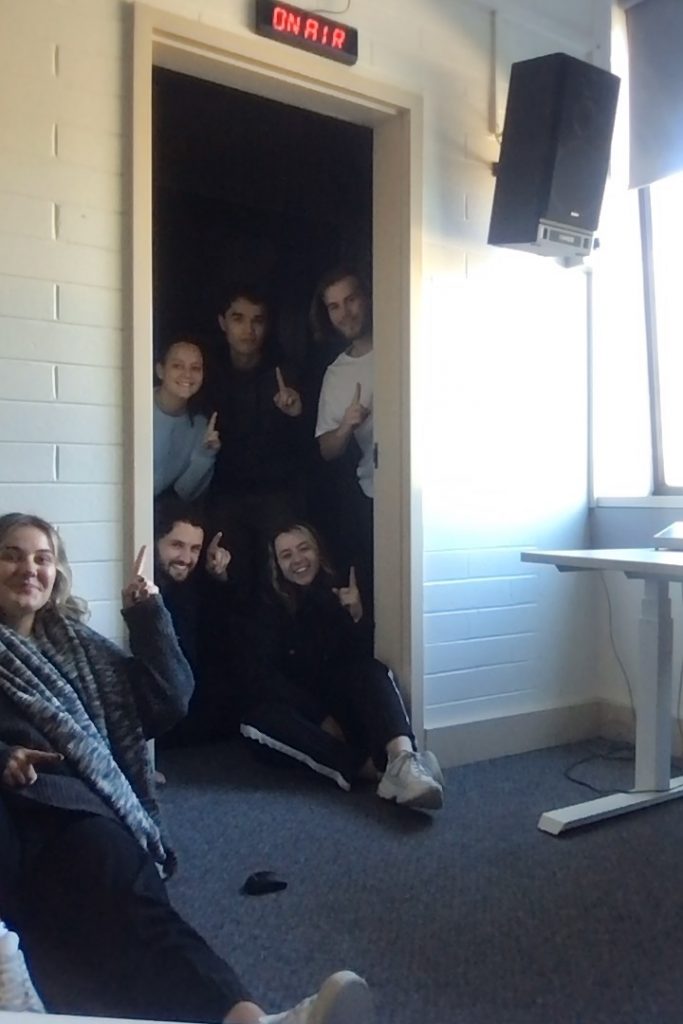
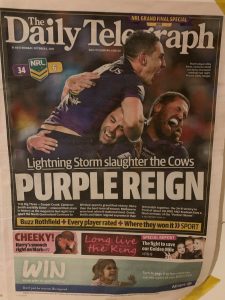
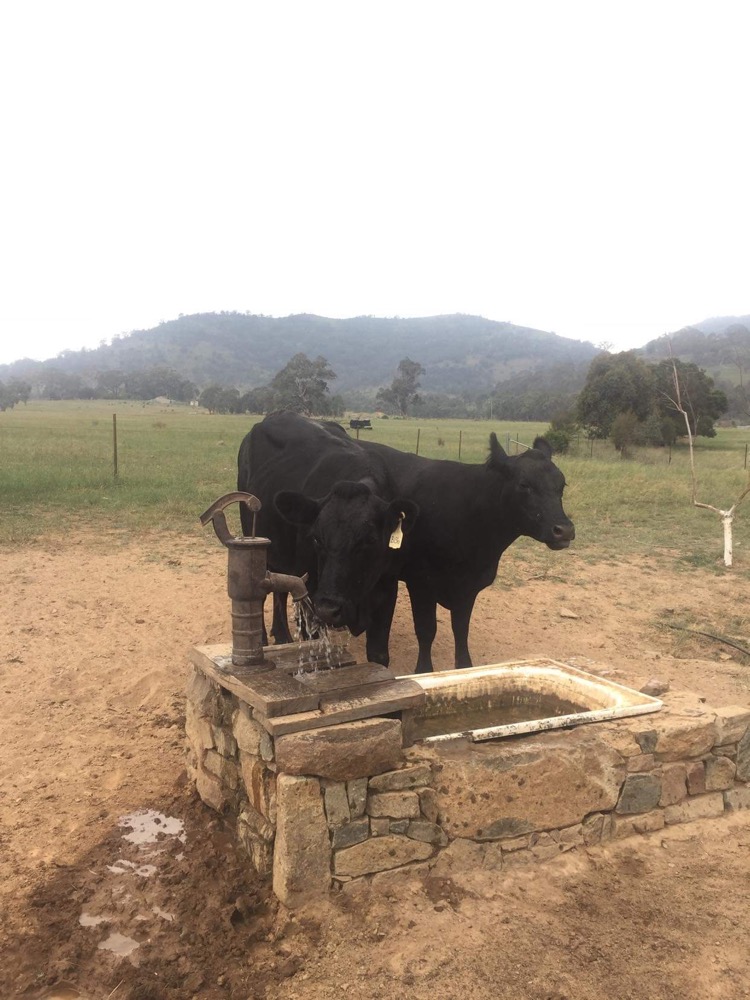
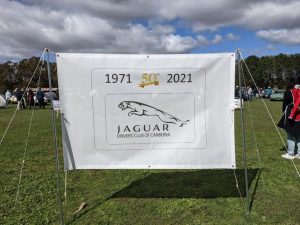
Be the first to comment!